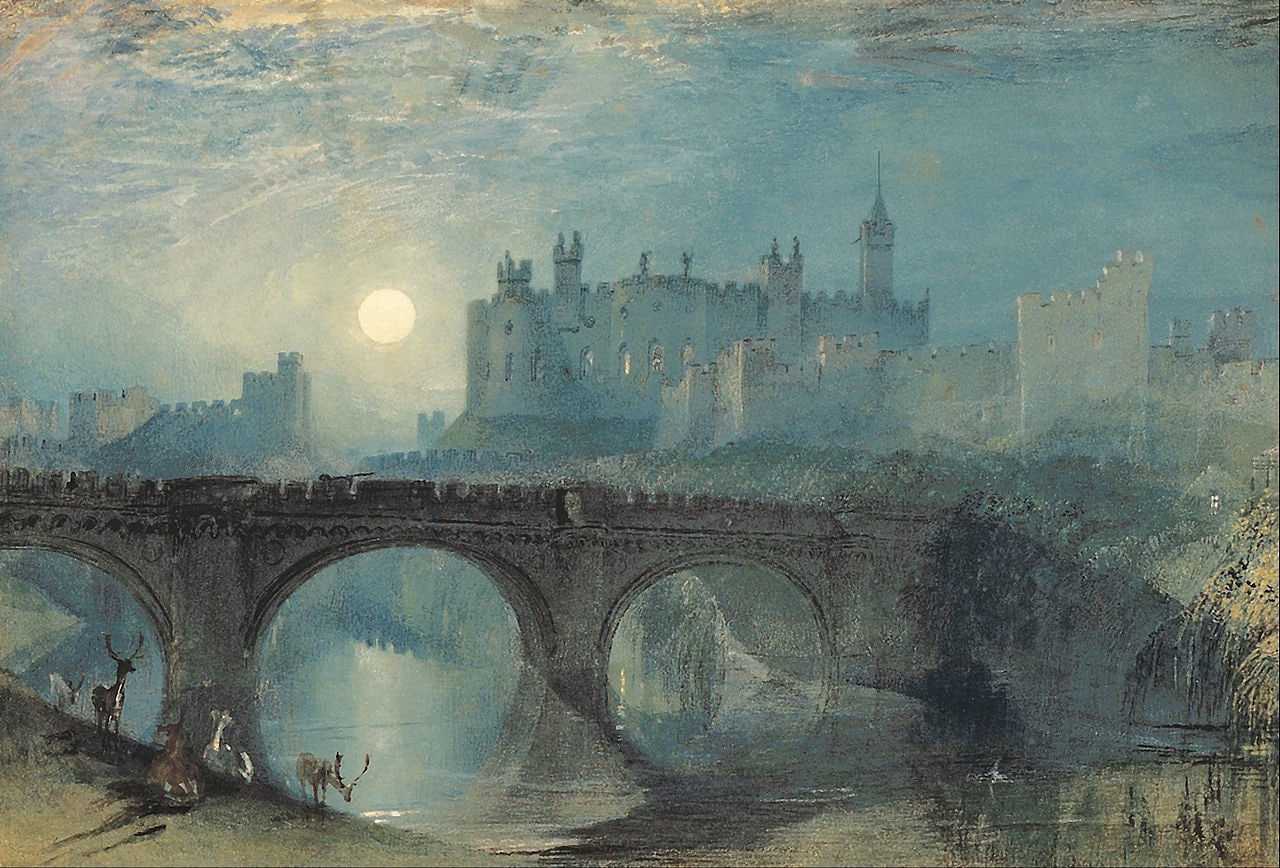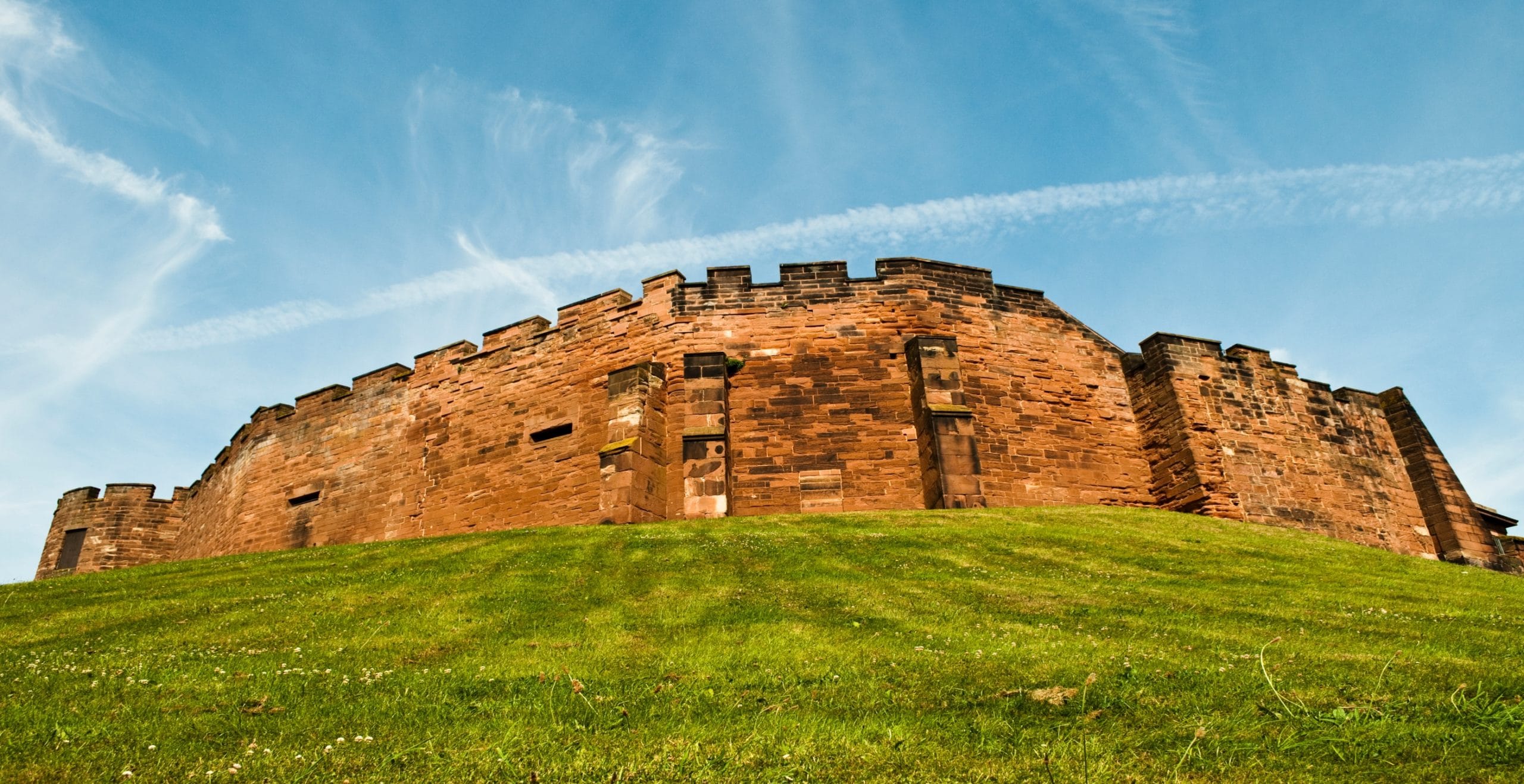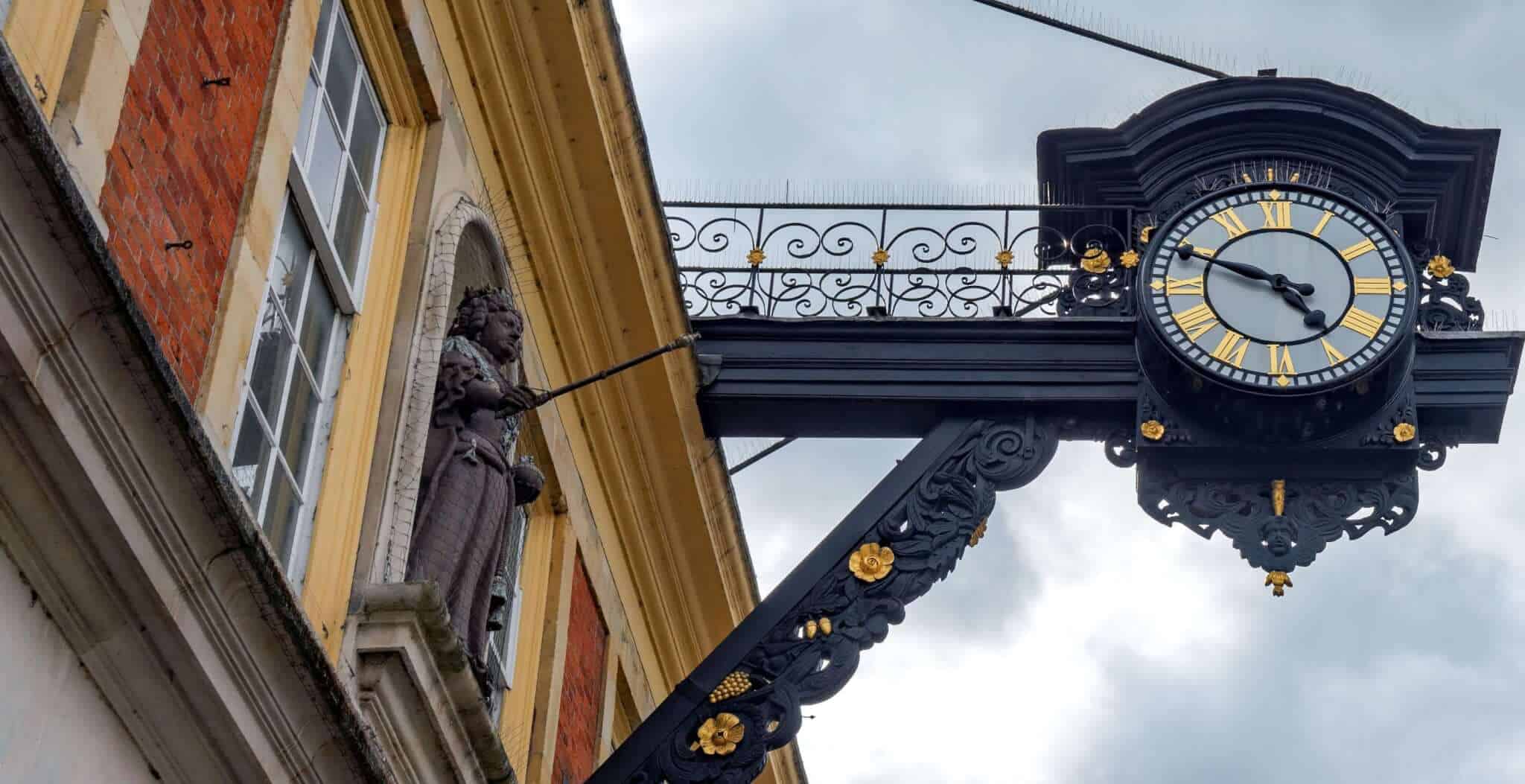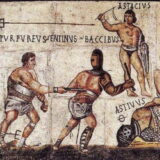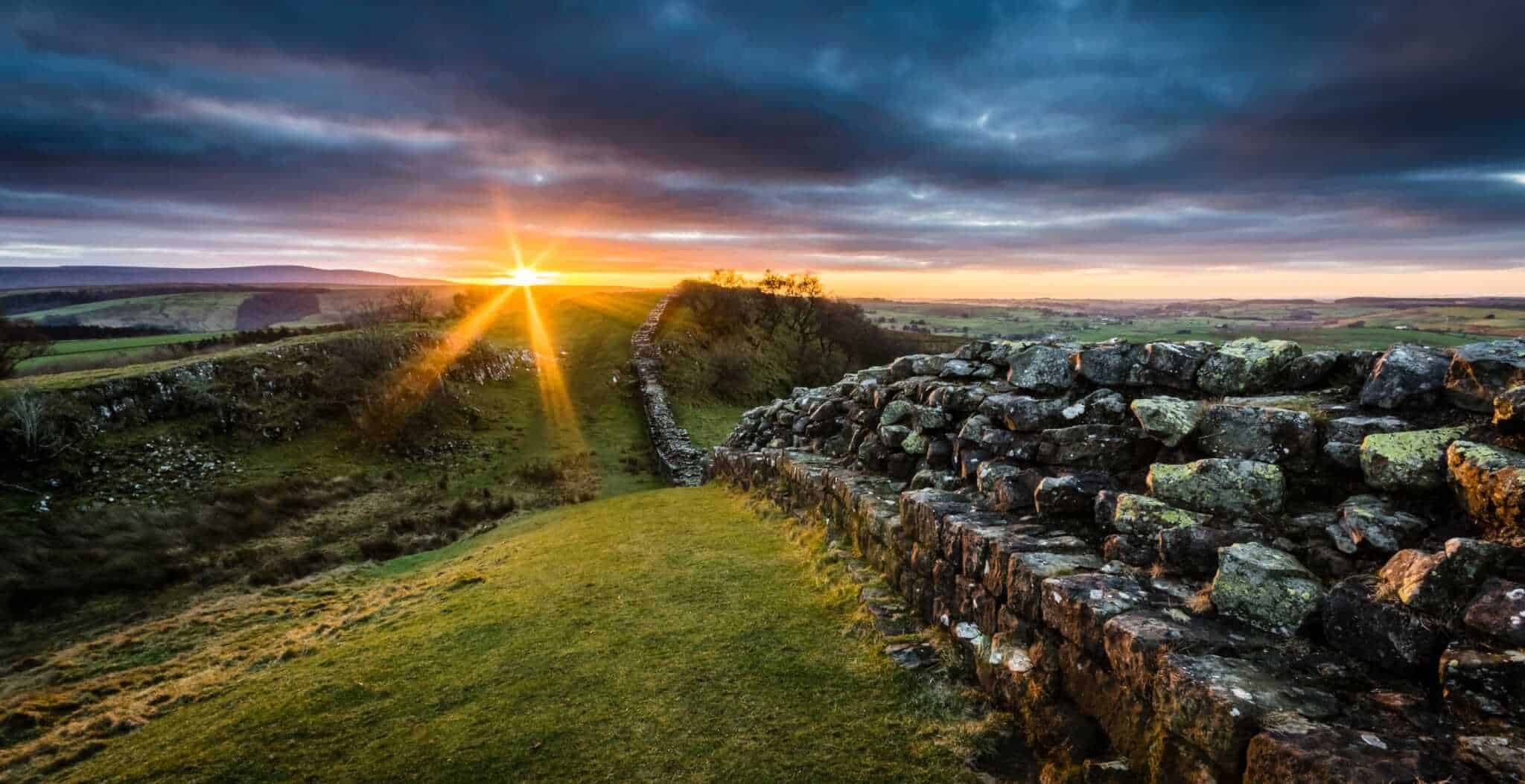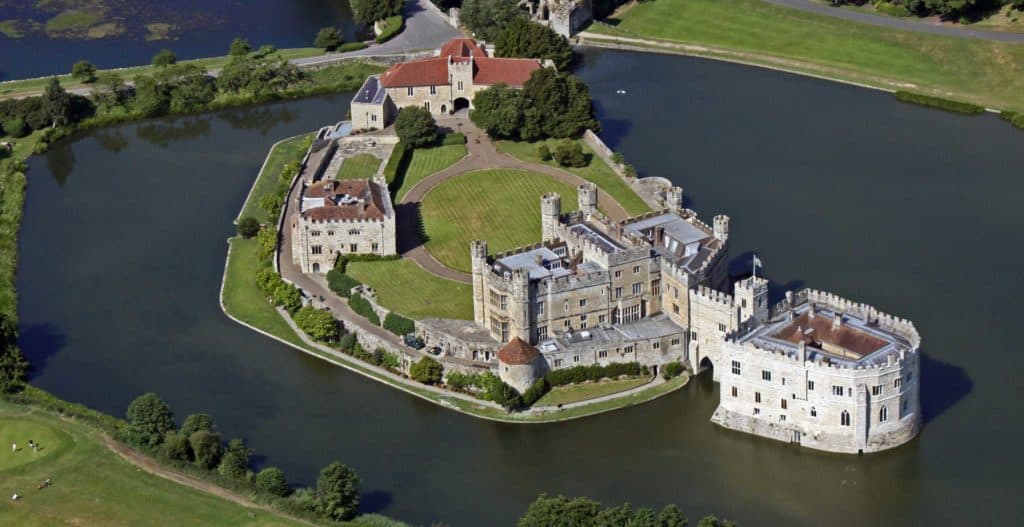Telephone: 0370 333 1181
Website: https://www.english-heritage.org.uk/visit/places/chester-castle-agricola-tower-and-castle-walls/
Owned by: English Heritage
Opening times & public access: Visit by guided tour only. Tours run twice a month from the beginning of April to the end of October. See the English Heritage website for more information.
This 12th century gateway is the only surviving part of medieval Chester Castle, apart from the remains of the tower known as the Flag Tower and a section of curtain wall. Built by William the Conqueror in 1070, the castle became the administrative centre of the Earldom of Chester. Hugh D’Avranches was the first holder of the title Earl of Chester, and the castle became crown property in 1237. The original wooden motte and bailey castle was rebuilt in stone in the 12th century along with the outer bailey. The stone gateway to the inner bailey was also added. This is now known as the Agricola Tower, and contains a vaulted chapel with frescoes dating to the 13th century.
Chester was important strategically since it was the site of resistance to William the Conqueror, who overcame it in 1070. The original medieval defences were on the site of the earlier Roman fortress. During the thirteenth century, the city walls were rebuilt, largely due to the threat from the resurgent Welsh under their leaders Llywelyn the Great and Llywelyn the Last. However, after Edward I’s conquest of Wales, Chester decreased in importance. During the English Civil War, Chester was a Royalist stronghold. With earthen defences added to the existing ones, the Royalists managed to hold out against Parliamentarian forces for some time. In 1793 much of the site was cleared for a new assize building. The remainder of the castle was destroyed by fire in the late 18th century.
